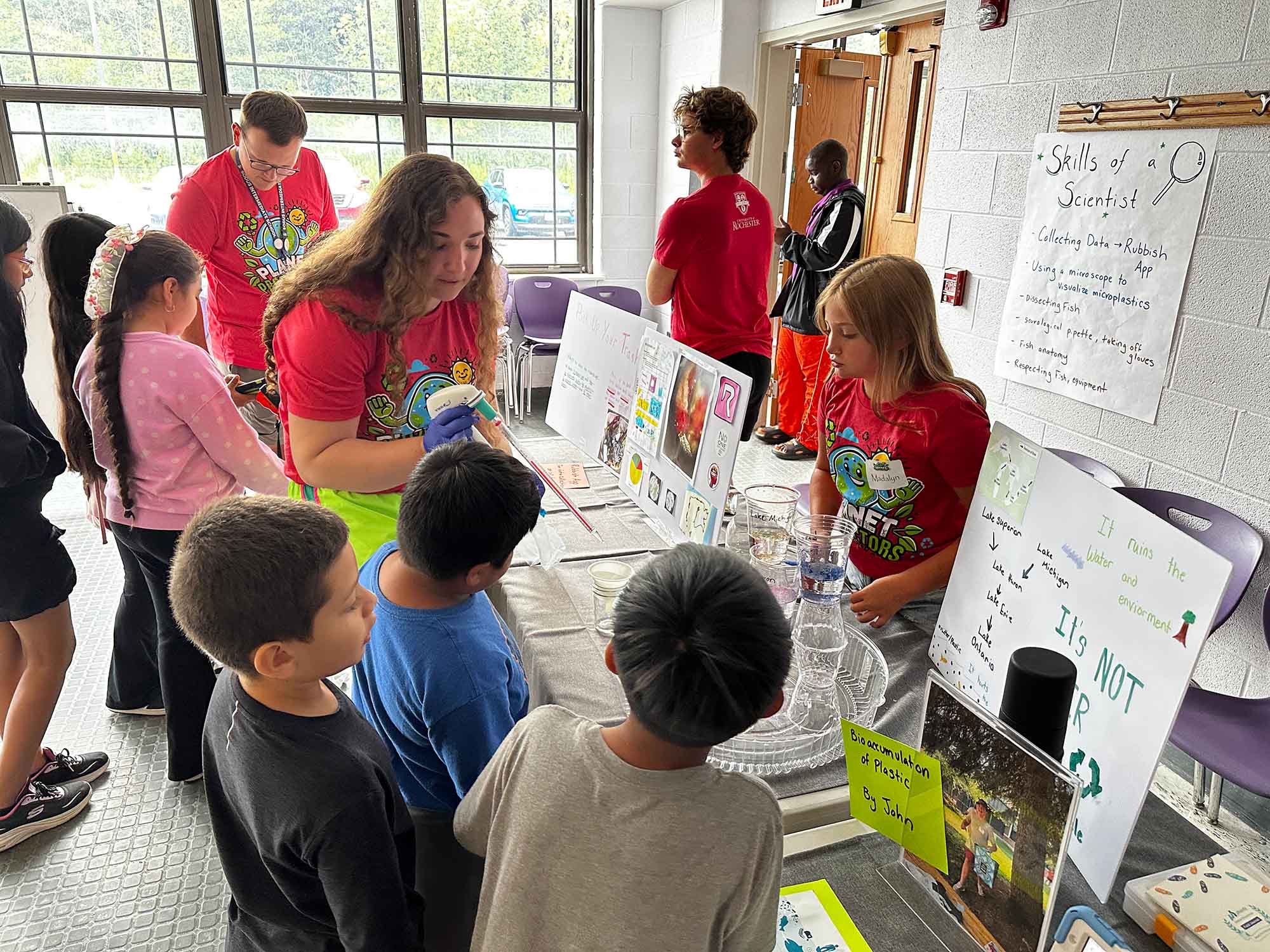
Science & Technology
Are aliens real? Do aliens exist? Technosignatures may hold new clues
URochester astrophysicist Adam Frank searches for traces of advanced technology—and, by extension, alien life—on exoplanets.

The Warner School’s programs are strengthening the educators, students, and communities in rural New York.











